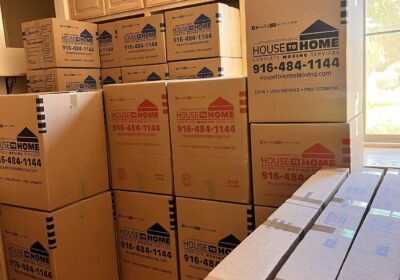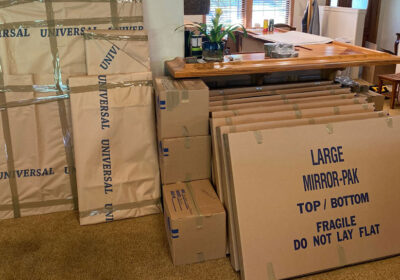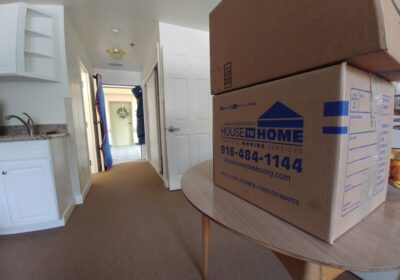Moving is often listed among life’s most stressful events, a sentiment that resonates with anyone who’s ever faced the daunting task of packing up their entire life and transporting it elsewhere. However, the sources offer a powerful antidote to this stress: planning ahead and being prepared are highlighted as key secrets to achieving a smooth move. Embracing this mindset from the outset is crucial for setting yourself up for success.
A fundamental part of planning ahead is confronting the reality of the undertaking. Don’t fall into the trap of minimizing the effort involved. Telling yourself it “should be easy” can lead to procrastination and ultimately, frustration and disappointment. Acknowledging that it will be a demanding process allows you to allocate the necessary time and resources.
When it comes to timing, a wise piece of advice is to plan for everything to take twice as long as you think it will. This might sound pessimistic, but it’s a practical approach to logistics. When creating your master moving plan, consciously build in significant time buffers. This is especially important for unpredictable tasks, such as selling unwanted furniture, or large, time-consuming jobs like thoroughly cleaning out a garage or attic that you might have forgotten about, which can significantly throw off initial estimates.
If you’re not tackling the move solo, whether it’s with a partner, family, or friends, dividing tasks and assigning specific responsibilities is highly recommended. This “divide and conquer” strategy helps minimize potential disagreements or bickering about who is doing what, and perhaps more importantly, it reduces the risk of crucial tasks being overlooked because everyone thought someone else was handling them. Clear roles ensure accountability and efficiency.
One of the most impactful steps you can take early in the process is to simply start packing as soon as you have a confirmed moving date. Don’t wait until the last minute. Begin with items that you don’t use regularly or that are out of season. This gradual approach prevents a mad rush later on and makes the overall packing process feel less overwhelming.
Beyond packing, preparing your destination is equally vital. Strive to get your new place truly “move-in ready” before you arrive. This includes essential steps like contacting utility providers to ensure that electricity, gas, and water are switched on. It’s also recommended to have the place thoroughly cleaned before your belongings arrive, making the unpacking process much more pleasant.
Part of preparing for the new location, especially if you have children or pets, involves familiarizing yourself with the new neighborhood ahead of time if possible. Knowing the layout and where essential services like grocery stores or even just a pizza place are located can help ease the transition for everyone. It also provides tangible things to look forward to.
Handling social obligations strategically is another aspect of planning. If you have close relationships with your current neighbors, saying your goodbyes before moving day is a thoughtful gesture that also benefits the moving process. Trying to have emotional farewells or extended small talk while movers are actively working or friends are helping can disrupt the flow and momentum of the move. Consider hosting a goodbye gathering a week or two in advance.
As you pack, dedicate a specific bin or two to items you’ll need immediately upon arrival at your new home. This essential box should contain clothing, toiletries, a shower curtain and towels, bedding for everyone, and even supplies for making coffee the first morning. Having these crucial items easily accessible prevents you from having to rummage through countless boxes on your first night.
In summary, the foundation of a successful move lies in thorough planning and preparation. By acknowledging the significant effort involved, allowing ample time, distributing tasks if necessary, starting to pack early, ensuring the new place is prepared, and strategically packing essentials, you can navigate the complexities of moving with significantly reduced stress and a much smoother transition.




